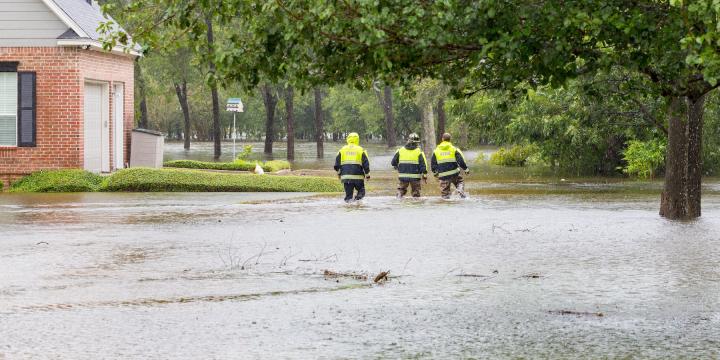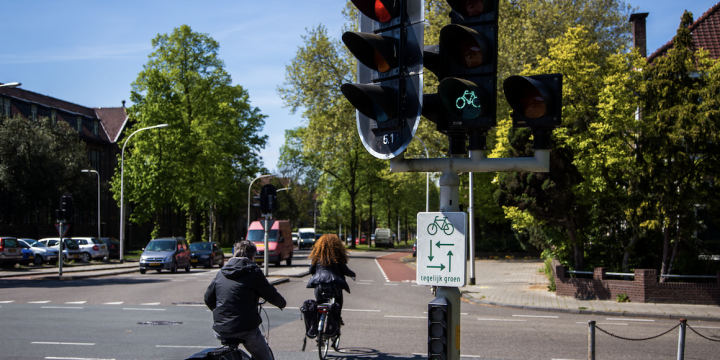Economic Thinking for Planners
Economic Thinking for Planners: Overview
This course shows how "Economic Thinking" can inform our thinking on big questions like why some countries are rich while some are poor and how so many us have become so much better off than our ancestors.
Economic Thinking for Planners: Gains from Trade, Labor, and Immigration
This course focuses on the example of the Prisoner's Dilemma to illustrate the fact that gains from trade opportunities are lost if transactions and/or communications costs are high, property rights and contracting rules are not enforced, and levels of trust are low.
Economic Thinking for Planners: Supply and Demand
"Supply and demand" is one of the most fundamental concepts of economic thinking. The familiar supply and demand curves are seemingly simple, but in reality, the relationship between supply in demand is complex.
Economic Thinking for Planners: Economics of the Environment
This course provides an introduction to environmental economics by exploring the economic effects of national and local environmental policies. By the end of the course, you'll understand market failure, externalities, and private and social costs, applying these concepts to issues like recycling, species preservation, and climate change.
Economic Thinking for Planners: Cities, Externalities, and Governance
Through history, people have become better off as they urbanized. This course investigates how and why the quality of life has improved in cities.
Economic Thinking for Planners: Local Government and Governance
This course uses economic thinking to investigate local government. The course includes discussions of public goods, market failure, private communities, and homevoter cities.
Course Instructors
Earn a Certificate
Demonstrate your achievements, or just show off.





